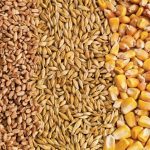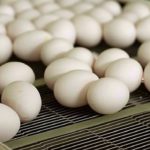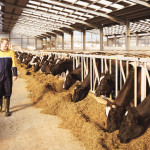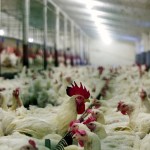New York | Reuters –– Nestle said Tuesday it will stop using eggs laid by caged hens in its U.S. products by 2020, making it the largest packaged food company to go cage-free amid pressure from consumers and animal-rights groups. The world’s largest food maker said it uses about 20 million pounds of eggs annually













